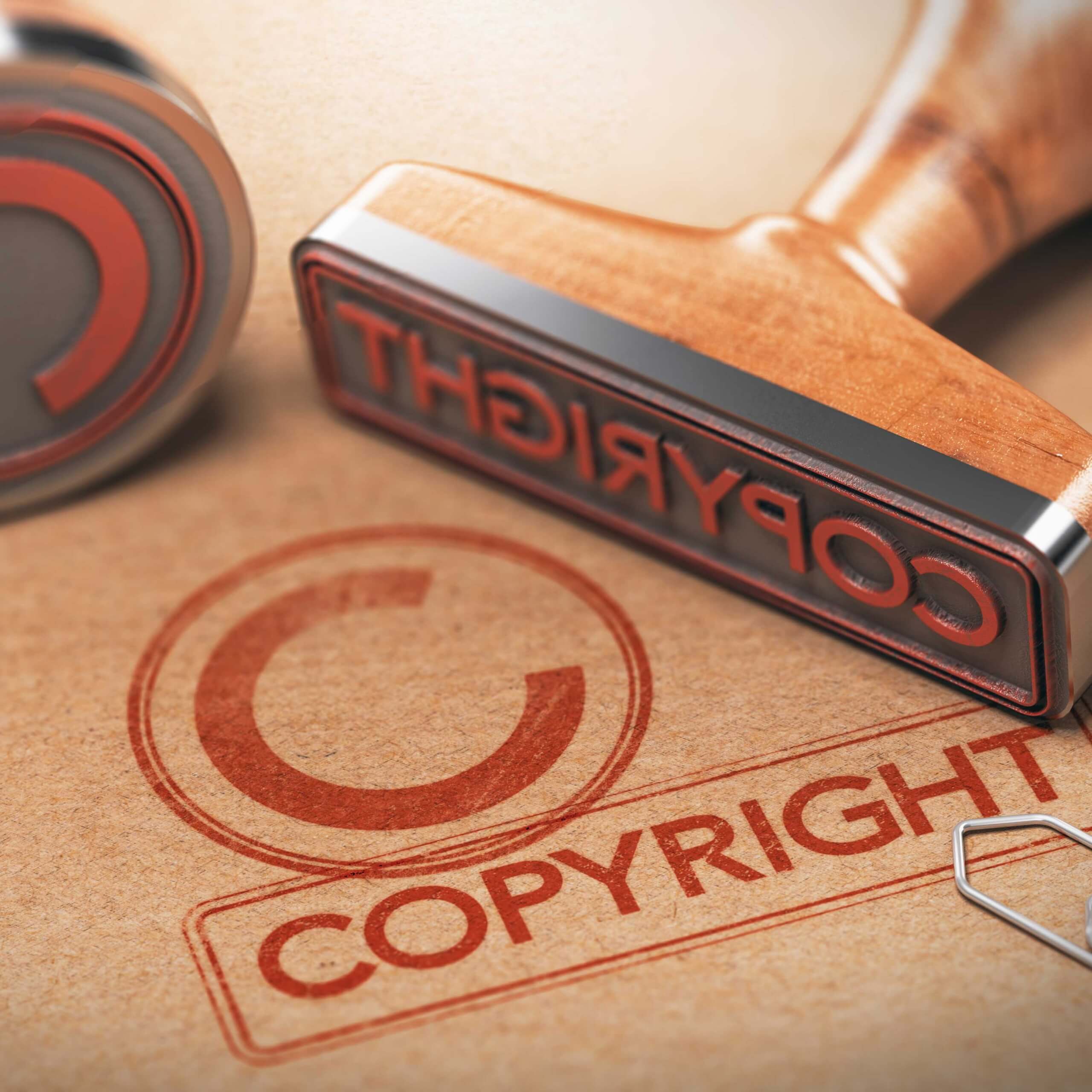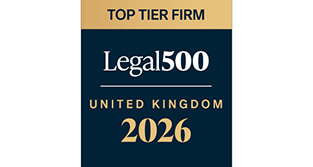Copyright judgment full of Venom: A lesson in the importance of documenting copyright creation
15th August 2025
“Starting out as a band or business with the best intentions can still lead to future disputes if you don’t have proper agreements and records in place. A recent case involving 80s metal band Venom shows how missing documentation can decide the outcome of an IP ownership battle. If you’ve created IP with others and don’t have a formal agreement, you could be at risk.”

It’s not often that a legal case involving a 1980s metal band offers valuable lessons for modern businesses. But when it comes to intellectual property (IP), the story of Venom (pioneers of the black metal subgenre) highlights the risks of failing to maintain proper records during the brand creation process.
In the excitement of launching a new brand, it’s easy to overlook the finer details of IP ownership. This article uses the case of Lant v Plastic Head Music Distribution Ltd and others to explore:
- The importance of maintaining evidence during the brand design process.
- The benefits of registering a logo.
- The need for clear agreements with third-party contractors.

The case: Lant v Plastic Head Music Distribution Ltd
Venom was formed in 1978 and joined a year later by Mr. Lant, the claimant in this case. Both Mr. Lant and Mr. Bray (a defendant) claimed to have designed various logos and artwork for the band. Mr. Bray also counterclaimed ownership of photographs he had commissioned.
The dispute escalated when both parties began licensing and selling official Venom merchandise featuring the contested designs.
While Mr. Bray was deemed the owner of the original logo, the court held that Mr. Lant was the creator and copyright owner of all but one of the other artistic works in dispute. For the remaining work disputed in the claim neither party was able to adequately convince the judge that they were the author so that claim was dismissed. Mr Bray was unsuccessful in claiming ownership over the photographs in the counterclaim.
A key difference between Mr Lant and Mr Bray’s arguments is that Mr Lant was able to produce numerous sketches which demonstrated his design process. Mr Bray was unable to provide any agreements or substantive evidence for any of his claims of copyright ownership.
The importance of recording the design process
One major challenge in this case was the lack of documentation. The court had to rely on witness recollections from the late 1970’s and 1980’s. Even recent events can be hard to recall accurately, so asking witnesses to remember details from 45 years ago is extremely difficult.
Today, businesses benefit from digital tools like design software and email, which can timestamp work and identify authorship. Mr. Lant was able to provide sketches showing his creative input in evolving Venom’s original logo. These records helped him prove authorship and secure copyright in his updated designs.
To avoid future disputes, keep records of sketches, design iterations, and feedback. Include names and dates wherever possible. These materials can be vital in litigation to prove both ownership and the creative freedom in the design process. This is a common point that has been raised in several recent cases that we have provided comment on.
The value of logo registration
While copyright disputes can complicate trade mark applications, registering a logo provides a clear, contemporaneous record of ownership. In this case, a trade mark might have prompted earlier discussions about rights, potentially avoiding conflict decades later.
A registered trade mark gives the owner exclusive rights to license and enforce the logo. For businesses that rely on licensing, this protection can be essential.
Interestingly, some band members believed the logos and artwork were free for use by any member, based on copyright notices stating “Venom” as the author. A trade mark owned by Mr. Lant and licensed to the band, or held by a band-created entity, would’ve clarified ownership and usage rights from the start.
Working with contractors: Get it in writing
At the time the disputed works were created, copyright law allowed commissioners to claim ownership. Mr. Bray argued that because he commissioned the photos and used his camera, he owned the images. The court rejected this claim.
Under current law, the creator of a work owns the copyright. This is even if they were commissioned. The only change to this position is if the work was created by an employee, for their employer, in the ordinary course of their duties.
Without a written agreement assigning rights to your business, the contractor retains ownership. While many contractors will sign a confirmatory assignment later, it’s far simpler to address this upfront.
Also, all creators hold moral rights in their work. This includes the right to be named as the author, protection against derogatory treatment, and the right against false attribution. These rights can’t be assigned, but they can be waived. That’s why we recommend that you include a waiver of moral rights in any agreement with a contractor or employee.
How we can help
Creating a brand, like starting a band, is exciting. But in that excitement, it’s vital to pause and clarify who is doing what, and who owns what. Many brands are developed before a company is formally incorporated, which can lead to confusion over IP rights.
If you’re launching a brand or want to ensure your existing brand is properly protected and can be easily commercialised, our Intellectual Property team is here to help at every stage. We can assist with clearance searches to review the market and registers for existing similar marks, draft contacts for the creation of various IP and the assignment of that IP and assist with disputes should you have any issues with collaborators or the unlicensed use of your IP.







